PFAS News Roundup: Can we get rid of ‘forever chemicals’?
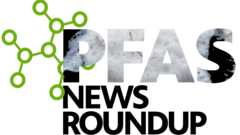
Keep up with PFAS-related developments in the Great Lakes area with Great Lakes Now’s biweekly headline roundup.
Click on the headline to read the full story:
Indiana
What to do if there are PFAS in your Indiana drinking water — Louisville Public Media
So far, Indiana Department of Emergency Management has found unhealthy levels of PFAS in 19 drinking water utilities.
Great Lakes Now
https://www.greatlakesnow.org/2023/10/pfas-news-roundup-can-we-get-rid-of-forever-chemicals/

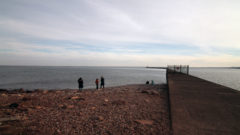
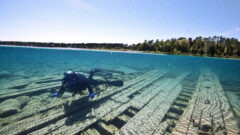

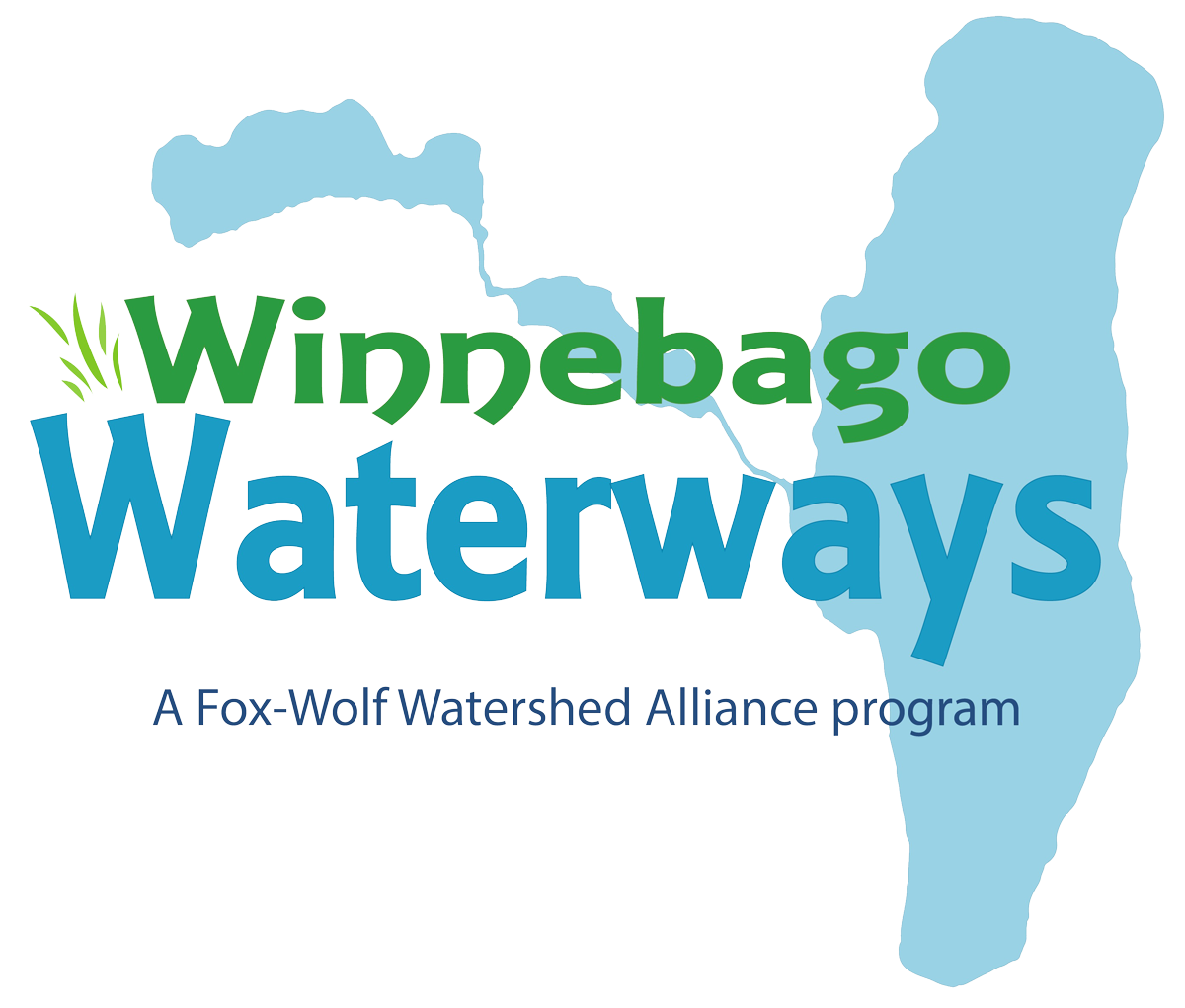

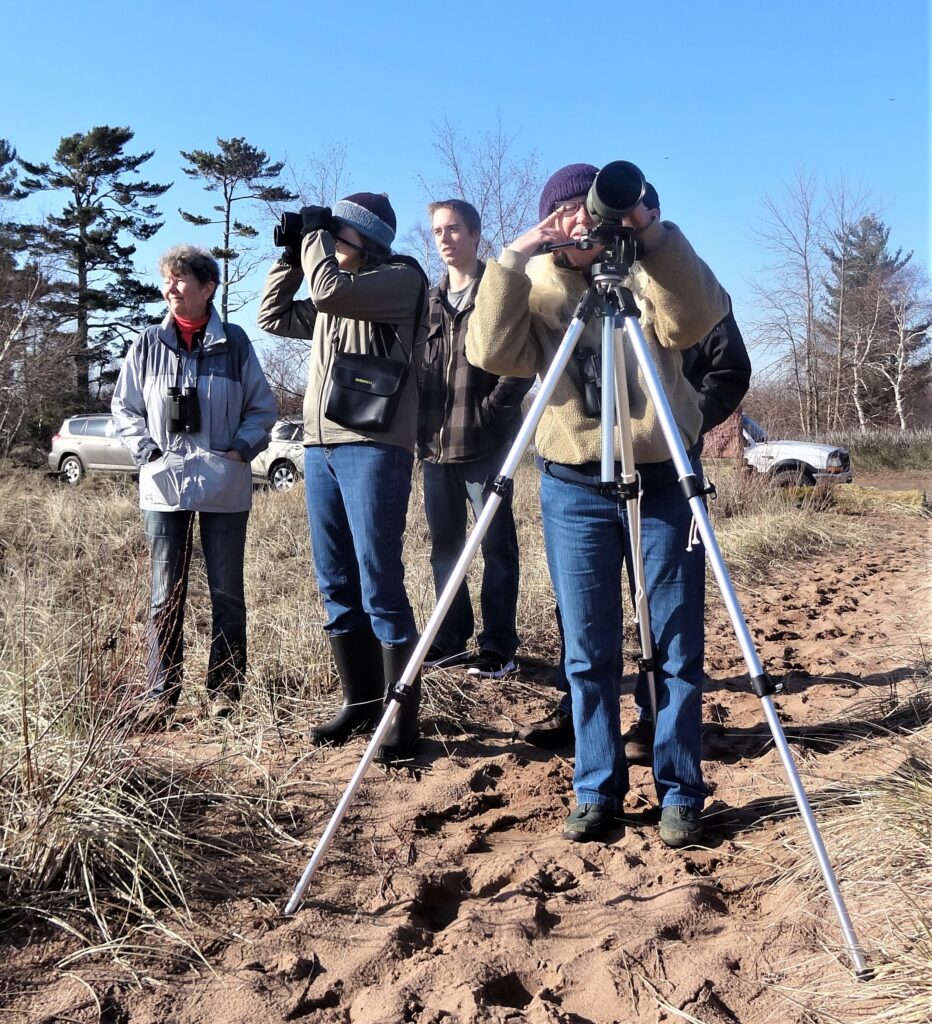
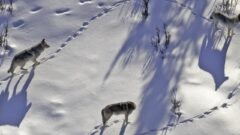
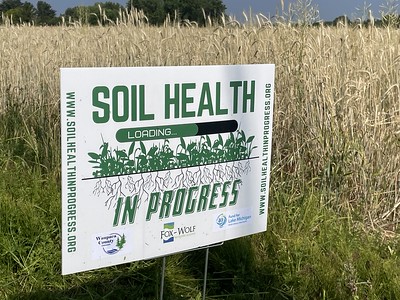
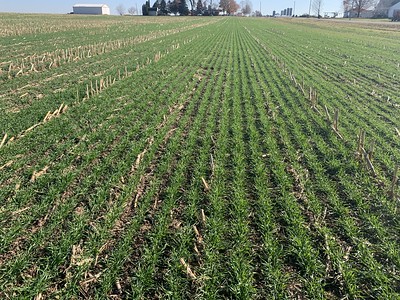

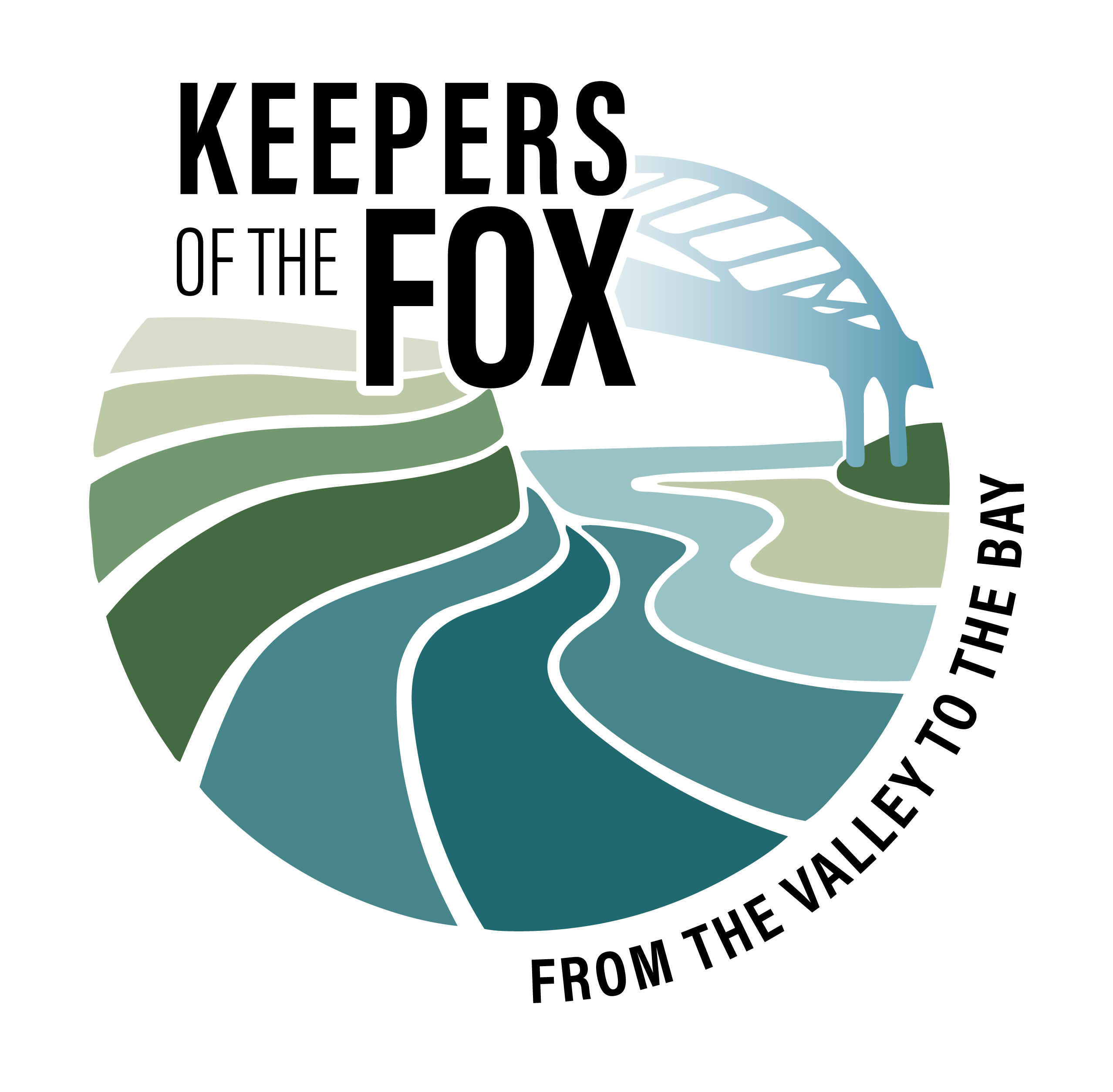
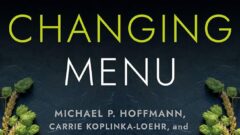
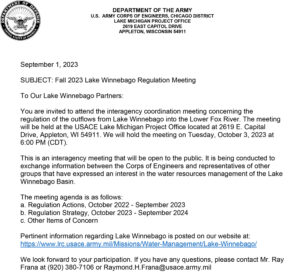
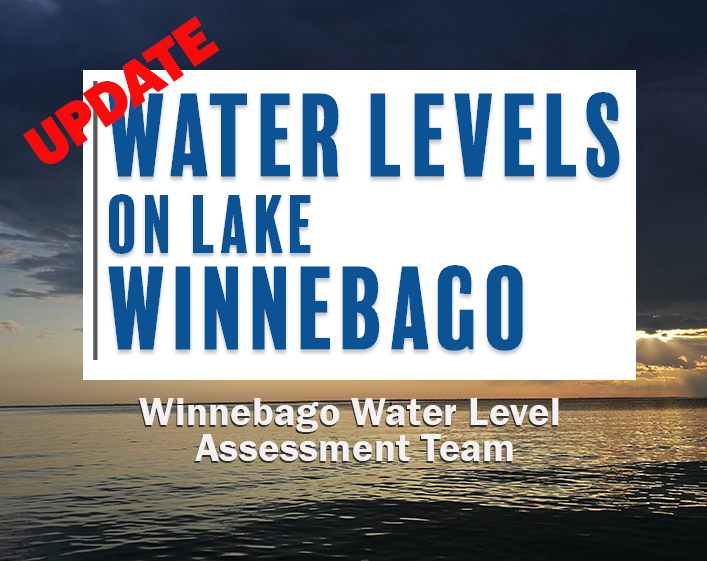
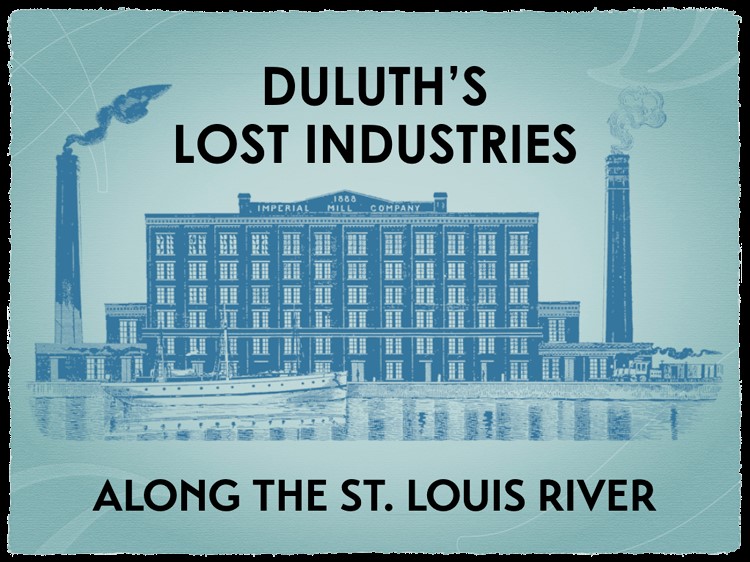
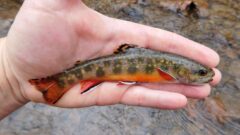
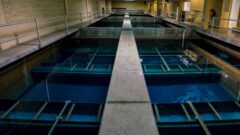
![New NASA imagery reveals startling behavior among group of ‘banished’ beavers: “[They] were just about everywhere”](https://www.greatlakesnow.org/wp-content/uploads/2023/09/Beavers-5.-TC-5m18s-240x135.png)